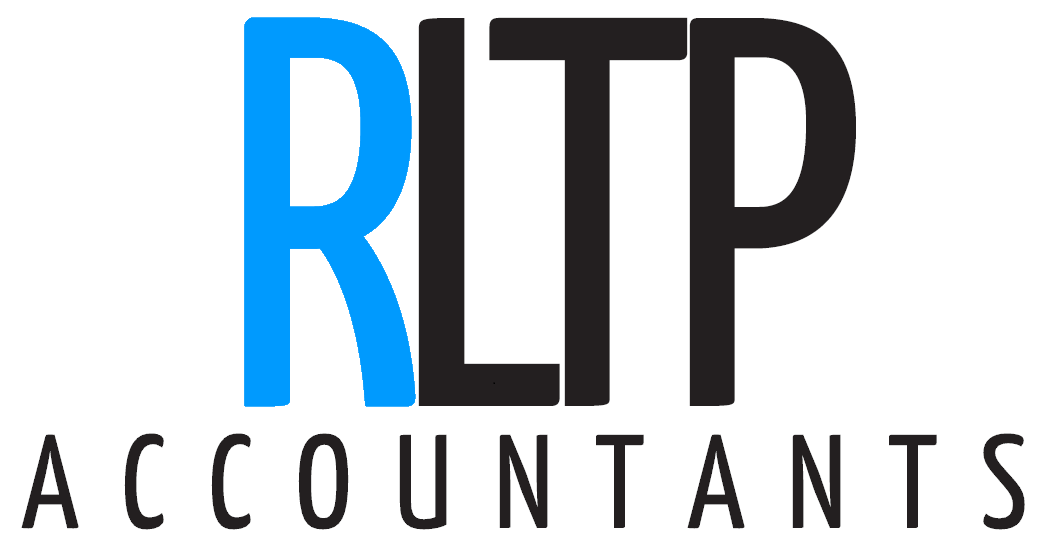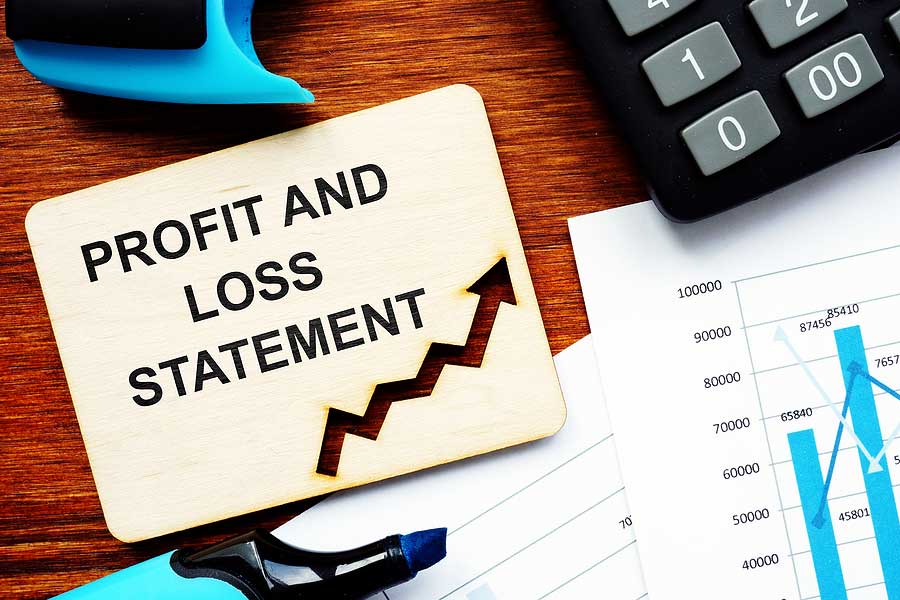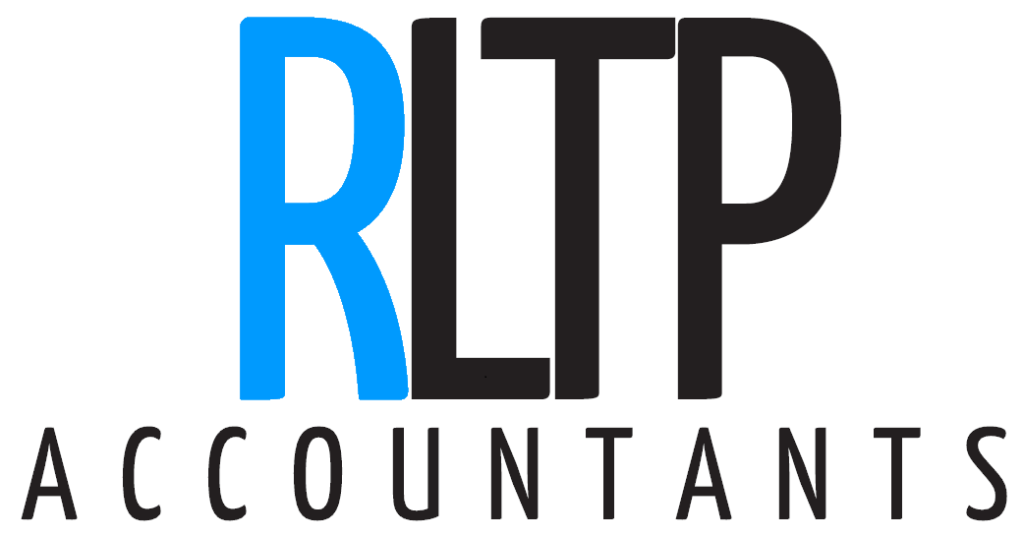A profit and loss statement (P&L statement) is a financial statement that details any costs and expenses that have been incurred over a specific time period. It will also summarise any revenue that’s made over the same timeline. The referred time period is usually every quarter or fiscal year. Profit and loss statements provide information about a business’ ability to turn a profit by way of cutting costs, increasing revenue or doing a mixture of both. Typically, profit and loss statements are presented on an accrual or cash basis.
How do profit & loss statements work?
A P&L statement is one of three financial statements that every public business must issue on either a quarterly or an annual basis. As well as a P&L statement, public companies are also expected to issue balance sheets and cash flow statements.
P&L statements are the most common financial statement within a business plan, mainly because it depicts the amount of profit made and loss generated by a single business. You might also hear a P&L statement being referred to as one or more of the following:
- Statement of profit and loss
- Statement of operations
- Statement of financial results or income
- Income statement
- Expense statement
- Earnings statement
Profit and loss statements show any changes and discrepancies in company accounts over a set amount of time, whereas a balance sheet should be viewed more as a snapshot that reveals what the business owns and owes at any given time.
Usually, a cash flow statement and an income statement are compared against each other. This is because, under the accrual method, a business is able to log expenses and revenues before cash changes hands. It will start with the entry of revenue, also known as ‘the top line’, and costs of doing business will then be subtracted. ‘Cost of doing business’ could include any of the following:
- The cost of goods sold
- Operating expenses
- Tax expenses
- Interest expenses
Once those costs have been subtracted, the difference (also known as ‘the bottom line’), is a company’s net income. P&L statements are often looked at by highly-qualified accountants, such as the ones here at RLTP Accountants.
What are the different types of profit & loss statements?
A profit and loss statement can be prepared in one of two ways: the cash method and the accrual method:
Cash method
- Only used when cash is flowing in and out of a company
- A simple method that accounts of cash paid or cash received alone
- Transactions are recorded as revenue when cash is received and when cash is used to pay bills or liabilities
- Commonly used by small companies and individuals who are wanting to manage their finances
Accrual method
- This records revenue as and when it‘s earned
- A business that uses the accrual method accounts for money that’s expected to be received in the future
- For example, a company that offers products or services to its customers or clients will record the expected revenue on a P&L statement despite the fact it hasn’t yet been received
- This is a popular method for companies who work in the construction industry, for example, where work is done and billed for upon completion
- Liabilities are also accounted for even if the business hasn’t yet paid expenses
Why are profit & loss statements important?
As previously mentioned, P&L statements make up one of three different types of financial statements that are prepared by companies and businesses alike, with the other two being balance sheets and cash flow statements.
The importance of P&L statements comes down to the fact that investors and analysts will be able to use the information submitted and assess the profitability of a company at any one time, either on a quarterly or annual basis.
For example, an investor will be able to calculate the return on equity (ROE) of a business by simply comparing its net income to its level of shareholder’s equity (something which is shown on the balance sheet).
Are companies obliged to prepare profit & loss statements?
Public companies are required to prepare and submit P&L statements together with filing financial statements with the Securities and Exchange Commission (SEC) in order for them to be scrutinised by any one of the following:
- Investors
- Analysts
- Regulators
When preparing such statements, businesses are obliged to follow a strict set of rules and guidelines. These are known as ‘generally accepted accounting principles’ (GAAP). Private companies, however, don’t necessarily need to comply with GAAP. Exceptionally small companies, on the other hand, might not be required to prepare and submit formal financial statements at all.
Seeing as there are several rules and regulations to follow when it comes to submitting financial statements, it’s always best for a company to hand over this particular type of financial management to a fully-trained accountancy team who are able to provide a wide range of accounting services, such as the ones offered at RLTP Accountants.
By handing over this responsibility to an experienced team of accountants, you’ll have absolute peace of mind that your finances are being expertly managed in accordance with strict guidelines. This means that you’ll be able to focus more on what it is you do best.
RLTP Accountants have a strong team of specialist, highly-skilled, fully-qualified accountants at the heart of everything we do. Whether you need help with P&L statements, require bookkeeping or payroll services or need budgeting and forecasting to be done, along with a whole host of other accountancy services, you’ll be able to look to us for help. For more information, get in touch with a member of our professional, knowledgeable team today – we’re always happy to hear from you.


